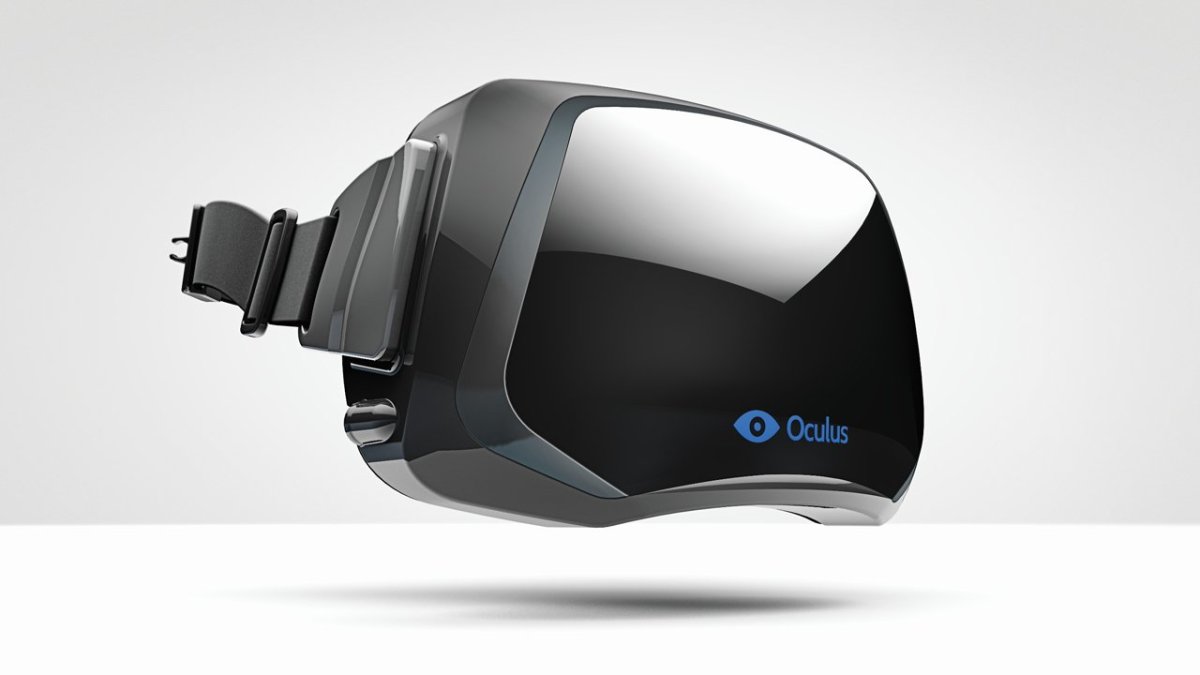After remaining quiet for a while, Oculus Rift is beginning to let loose information about their VR headset, which looks to release its consumer version early next year. With any VR headset the big questions always surround price, hardware specs, and the amount of horsepower your machine will need to run games on the thing. We still don’t have a firm price, but the other two are becoming much clearer. Today we learned the final screen resolution for the Oculus Rift, as well as the recommended system specs for the PC to run it.
Chief Architect at Oculus and technical director of the Rift Atman Binstock wrote “Given the challenges around VR graphics performance, the Rift will have a recommended specification to ensure that developers can optimize for a known hardware configuration, which ensures a better player experience of comfortable sustained presence. The recommended PC specification is an NVIDIA GTX 970 or AMD 290, Intel i5-4590, and 8GB RAM. This configuration will be held for the lifetime of the Rift and should drop in price over time.”
These system specs are fairly high when compared to standard video games displayed on a monitor, but there is a good reason for that. The Oculus Rift will be running at a resolution of 2160×1200 at a rate of 90 frames-per-second. “On the raw rendering costs: a traditional 1080p game at 60Hz requires 124 million shaded pixels per second” says Binstock. “In contrast, the Rift runs at 2160×1200 at 90Hz split over dual displays, consuming 233 million pixels per second. At the default eye-target scale, the Rift’s rendering requirements go much higher: around 400 million shaded pixels per second. This means that by raw rendering costs alone, a VR game will require approximately 3x the GPU power of 1080p rendering.”
Some other elements to consider are that the Oculus Rift will require Windows 7 SP1 or later, 2 USB 3.0 ports, and “HDMI 1.3 video output supporting a 297MHz clock via a direct output architecture”. If you have the recommended graphics cards then you should be fine on that last part, but if you’re trying to run it off an extremely powerful gaming laptop or something similar then you might have issues.











Published: May 15, 2015 11:48 am